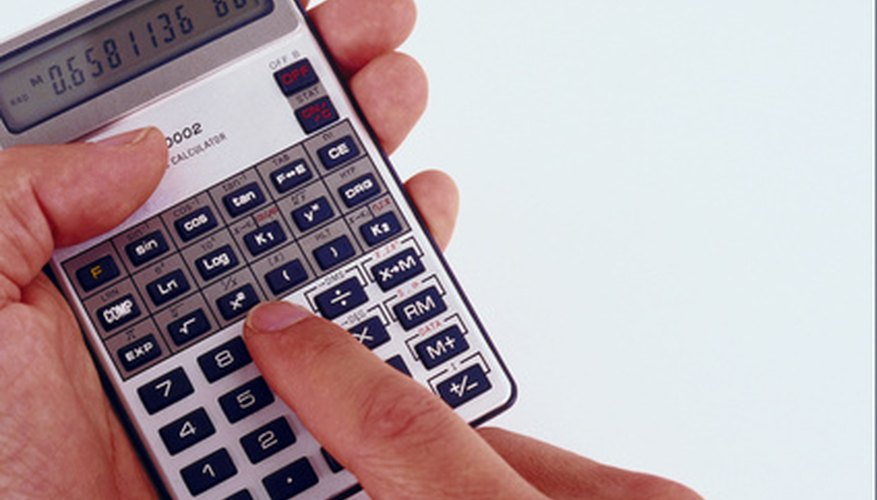When you go to a store and find an item on sale, you can calculate the original price. If an item is on sale, it is selling for at a discount. Most stores show the discount as a percentage. The general formula to calculate a discount is the original price minus the original price times the discount percentage. Using algebra, you can reverse the calculation to use the discount price and the discount percentage to calculate the original price.
- When you go to a store and find an item on sale, you can calculate the original price.
- Using algebra, you can reverse the calculation to use the discount price and the discount percentage to calculate the original price.
Find the sales price and the discount percentage. For example, an item is 25 per cent off and sells for £9 on sale.
Subtract the discount percentage from one. In the example, one minus 0.25 equals 0.75.
Divide the sales price by one minus the discount percentage. In the example, £9 divided by 0.75 equals an original price of £13.
